2013 SMART Ottawa
January 24, 2013
SMART Remediation talks have focused on innovative technologies for remediating contaminated sites, approaches for site characterization, project case studies, regulatory and industry perspectives, and other related topics.

The 6th SMART Remediation conference was held in Ottawa on Thursday, January 24th, 2013. Details on the speakers and presentations are provided below.
Speakers
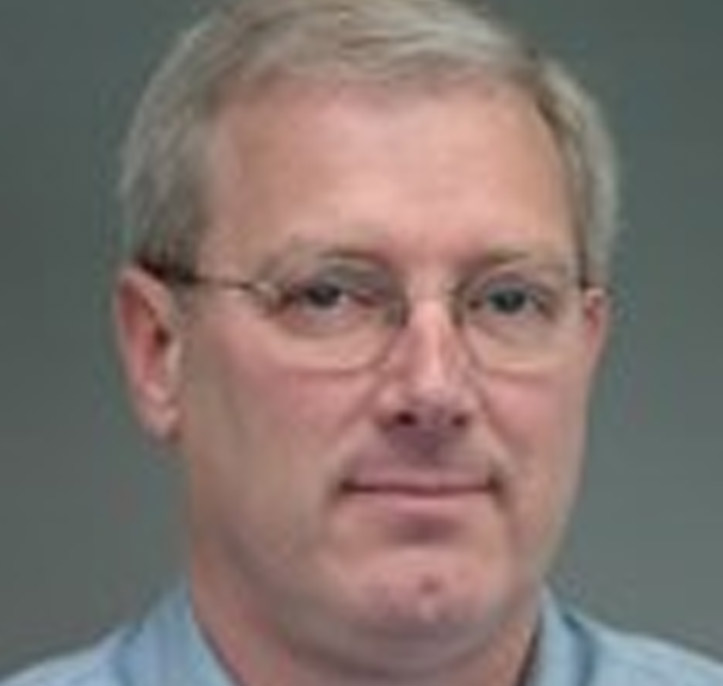
Brian Butters P.Eng., MBA,
Purifics ES Inc.
Brian Butters P.Eng., MBA
Brian Butters is a Professional Engineer with a Bachelor of Applied Science in Mechanical Engineering from the University of Waterloo and a Masters in Business Administration from the University of Western Ontario. Over the course of his career Mr. Butters has held various positions in Aerospace, Defense, Energy and Water Industries. In 1993 Mr. Butters established Purifics, a knowledge based Engineering firm founded on the philosophy of sustainable water treatment based on technical innovation. Solutions developed by Purifics for industrial and municipal applications are largely chemical free, offer reduced complexity, low maintenance, and full remote automation.
Advanced Control Network to Treat Dissolved Metals, VOCs and 1,4-dioxane
A plume of contaminated groundwater originating from a former Landfill & a Drum Transfer Facility threats a Municipal Reservoir for two cities. A series of groundwater recovery wells pumping year round is used to control the plume hydraulically, preventing its spread into the surrounding area. The recovered groundwater along with landfill leachate is collected and contains heavy metals, chlorinated VOC’s, and 1,4-dioxane. In order to treat the water an elaborate phytoremediation system was implemented alongside a physical treatment system. The phytoremediation system consisted of 2 acres of wetlands designed to breakdown the chlorinated VOC’s biologically. Water taken from the wetlands is then fed into a 30 acre stand of trees divided into 15 irrigation zones designed to remove 1,4-dioxane through phytovolatilization. Contaminated water is delivered to each irrigation zone based on the moisture content of the soil in that zone. Special attention is made to not over saturate the soil causing the contaminated water to percolate through the landfill soil cover and into the landfill itself. This is accomplished through monitoring using a network of moisture sensors throughout the irrigation zones providing zone-specific feedback to a master controller. An integrated weather station also provides additional information such as temperature, wind direction, and humidity. The master controller then uses mathematical algorithms to determine which zones to irrigate based on soil moisture content and real time weather conditions, and how much water to send. When the soil in a zone becomes saturated, irrigation to that zone is stopped and a new zone is irrigated. Initially, a physical treatment system is used to treat the well water and landfill leachate until such a time where the phytoremediation system can take over. As the wetlands and tree stands develop over time, a greater portion of the water can be routed to them. In the long term, at times when the volume of water requiring treatment is greater than what the phytoremediation system can accept the excess water is routed to the physical treatment system which is automatically activated. This physical treatment system is composed of a CFFeR unit where iron and manganese are oxidized, settled, and filtered out without the use of chemicals; and a Photo-Cat system which destroys VOCs and 1,4-dioxane and any other remaining hydrocarbons. This paper discusses these systems in greater detail, and takes a close look at the monitoring and control network that has been integrated in order to treat the water efficiently and effectively. This includes the ability to monitor and control the system from remote locations via any computer or smartphone with internet access.

Cecile Willert, P.Eng., QPRA,
EcoMetrix Incorporated
Cecile Willert, P.Eng., QPRA
Cecile Willert is a Professional Engineer (Civil) and a Senior Risk Assessment Specialist with EcoMetrix Incorporated. She has over 25 years of consulting experience encompassing risk assessment, risk management and site investigations. She has a proven track record of successfully seeing numerous highly complex and challenging contaminated sites through the risk assessment and approvals process in Ontario. She regularly conducts peer reviews of risk assessments and related studies for public and private sector clients including regulatory reviews as part of an approvals process. Landmark projects include: work as an environmental specialist providing expert review services for the West Don Lands development of the Pan Am Games Athletes Village in Toronto in an extensive area of historic contamination, risk assessment for a condominium development in the distillery district of Toronto (now constructed) on a former industrial site with extensive contamination including free phase coal tar, conduct of one of the largest risk assessments in Canada, undertaken in Port Colborne, Ontario for community wide metals contamination, risk assessment of the Toronto FILMPORT lands with extensive historic petroleum and metals contamination, assessment of the former Toronto Film Studios lands with free phase chlorinated solvents, and conduct of a community wide assessment in Smithville, Ontario, for free phase PCBs and various chlorinated solvents in bedrock. She has reviewed numerous risk assessments, environmental site assessments and records of site condition conducted under the newly revised Record of Site Condition Regulation in Ontario. Ms Willer co-chairs the Brownfield Committee for the Ontario Environment Industry Association and has been closely involved with processes to reform the Record of Site Condition Regulation (O.Reg. 153/04), the soil and groundwater standards and the risk assessment process in Ontario.
Case Studies in Risk Management Methods as a Component of the Remedial Process
While governments across North American release new guidance on assessment of vapour intrusion, and soil vapour sampling is becoming more the norm, these developing methods are complimented by methods for encapsulation, site or building design constraints and development of less stringent remediation target levels that are based on proven methods, and accepted by regulators. Example projects examined include approaches to risk assessment and management through design of buildings, design considerations for capping methods and considerations for vapour intrusion. Example projects for each are used to balance remediation to a practical extent with risk management and regulatory approvals. The first case study will examine development on a former heavy industrial site with free phase organic contamination in fractured bedrock combined with organic and inorganic groundwater and soil contamination. The challenge was to construct the maximum number of levels of underground parking possible while not causing elevated risks associated with free product left in place in fractured bedrock. Only soils required for foundation excavation were removed and other soils were managed in place. The risk management plan included comprehensive health and safety requirements, detailed building design requirements and site capping to prevent direct human contact. Specific considerations in the building design included maximizing the number of levels of underground parking, minimizing disturbance of free phase product, minimizing the potential for seepage of groundwater and vapours into the building, and maximizing dilution potential of any vapours reaching the indoor environment. Ongoing monitoring systems were put in place to ensure that future groundwater seepage into the building did not adversely impact the indoor environment. The second case study was a mixed use site with petroleum contamination combined with metals and impacts from road salt storage. The road salt caused exceedances of free phase thresholds and had to be addressed by combined remedial and risk assessment measures. Encapsulation of non-volatile compounds was required for delineated areas of the site. Soil vapour sampling was used to develop remedial target concentrations for volatile chemicals. This assessment considered the impact of remediation of overlying soils on potential vapours from deeper soils and groundwater. Remediation targets were set according to the results of the risk evaluation prior to commencing remedial work. The third case study was an assessment undertaken for a commercial/industrial facility with a co-mingled solvent and petroleum product plume with both on-site and continuing off-site sources, making full remediation difficult to achieve. Possible risk management options were reviewed in the development of the selected alternatives and including an ongoing monitoring and maintenance plan.
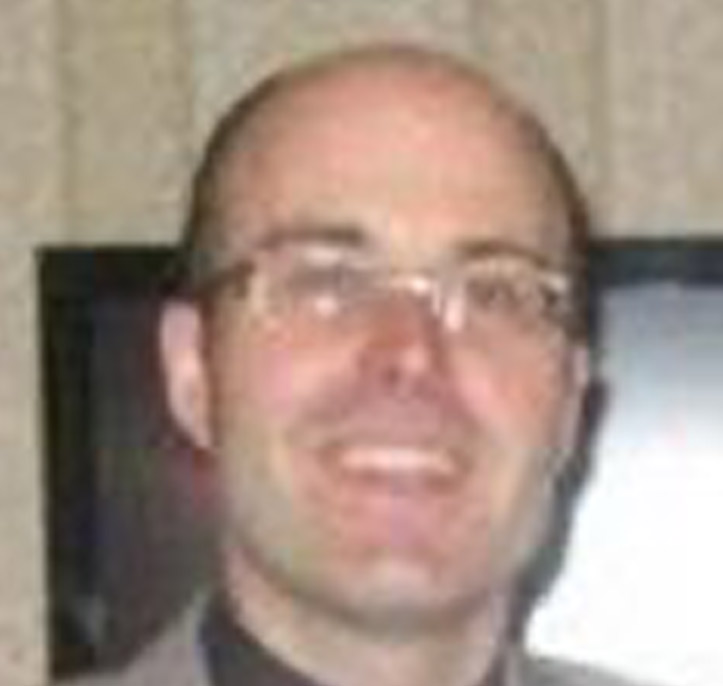
Scott Barker,
TOTERRA Remediation
Using Environmental Fracturing In Low Permeability Soils And Bedrock
- Bio |
- Abstract
- | Presentation
Scott Barker
Scott Barker is VP International Business Development and a Principal at TOTERRA Remediation Ltd., with offices in Burlington, ON, Calgary, AB, Dallas, TX, and Berlin, Germany. He earned a Bachelor of Science Degree in Chemical Engineering, with a specialization in Biochemical and Environmental Engineering, at Queen’s University in Kingston, ON and a Master of Business Administration Degree at the Ivey School of Business, Western University. Scott has extensive experience in the application of environmental technologies, water treatment, chemical formulation and distribution, waste management and resource recovery. Prior to joining TOTERRA, he held senior operational and leadership roles with Newalta Corp. and Toyota Tsusho. His current focus is on expanding the delivery of TOTERRA’s In Situ remediation, 3D subsurface mapping, and landfill gas production/recovery enhancement services in Canada, the U.S., and Europe.
Using Environmental Fracturing In Low Permeability Soils And Bedrock
The effectiveness of commonly used in situ approaches to site remediation in North America, and indeed much of the world, can be seriously undermined by a site’s inherent lithology. As a result, site remediation practitioners around the world are increasingly turning to environmental fracturing as a means of increasing contact area in the subsurface; contact area in a “typical” fracture-enhanced well in low K soil is usually 600 to 1,000 times greater than that of a conventional well in the same soil. This presentation examines the evolution of environmental fracturing technologies to address these limitations and provides practitioners with a guide to the application of environmental fracturing, based on 17 years of project experience in jurisdictions ranging from across North America to Europe, Africa, and Asia. Following an introduction of the technical history of, and the geotechnical and economic justification for, environmental fracturing, including a review of both hydraulic and pneumatic variations thereof, the presentation highlights a series of project “vignettes” from various environmental sectors (oil and gas, brownfield developers, superfund sites, etc) to showcase the integrated and synergistic use of innovative fracture-enhancement techniques for attaining sustainable and cost-effective remediation. Physical, biological and chemical (reductive and oxidative) treatment technologies are showcased in the context of both subsurface extraction and delivery techniques to optimize contact with contaminants for their conversion to innocuous and natural end products. Examples of remediation technologies in challenging geologic settings and operationally constrained sites are provided to showcase their versatility and small site profile. Complimentary remedial verification tools are introduced to validate and confirm the effective treatment of subsurface soil and groundwater contaminants to achieve remedial goals. The implications of the application of environmental fracturing within the remediation industry are assessed in the context of cost benefits for site owners, efficacy gains for owners’ engineers, and enhancing environmental sustainability for communities.
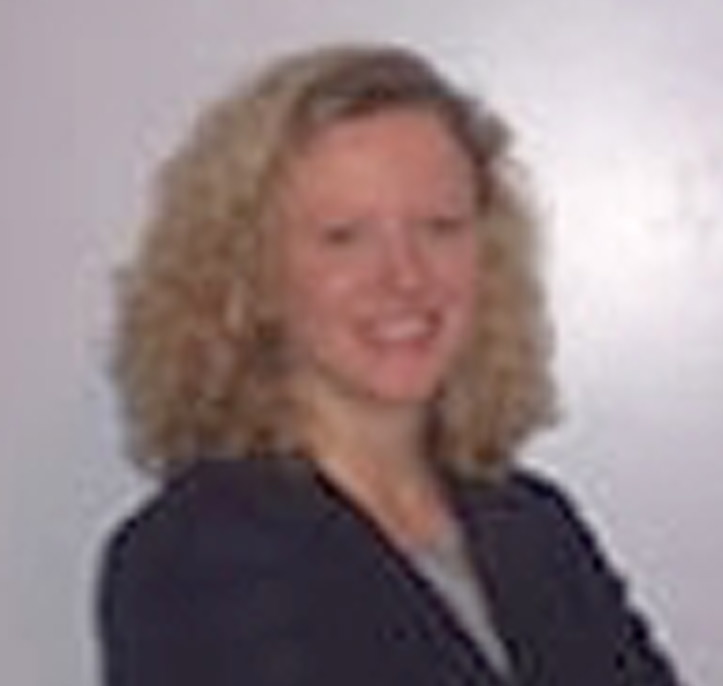
Kerry Bolandos-Shaw, M.Sc.,
Adventus Research Inc.
Chemical Reduction processes for In Situ Soluble Metals Remediation and Immobilization
- Bio |
- Abstract
- | Presentation
Kerry Bolandos-Shaw, M.Sc.
Kerry received an M.Sc. degree in Environmental Microbiology at the University of Guelph, Canada in 1997. Kerry has been with the company since 1996 and has developed expertise in optimization of multiple bioremediation technologies, and has contributed significantly to Adventus’ portfolio of proprietary technologies. Kerry’s current responsibilities include oversight of worldwide manufacturing activities, financial reporting, and business development activities.
Chemical Reduction processes for In Situ Soluble Metals Remediation and Immobilization
In Situ Chemical Reduction amendment product represent an effective method to immobilize soluble metals in the groundwater. This presentation reviews a specially formulated metal remediation compound for in situ immobilization of soluble metals via enhanced precipitation and adsorption. The controlled-release feature of the carbon provides for extended longevity and greatly assists in maintaining very low redox conditions through simultaneous microbial consumption of the carbon and electron acceptors. Arsenic, for example, is precipitated through the production of iron arsenic sulphide minerals that are practically insoluble in groundwater. Full site application examples on various metals will be presented along with the technology principle.
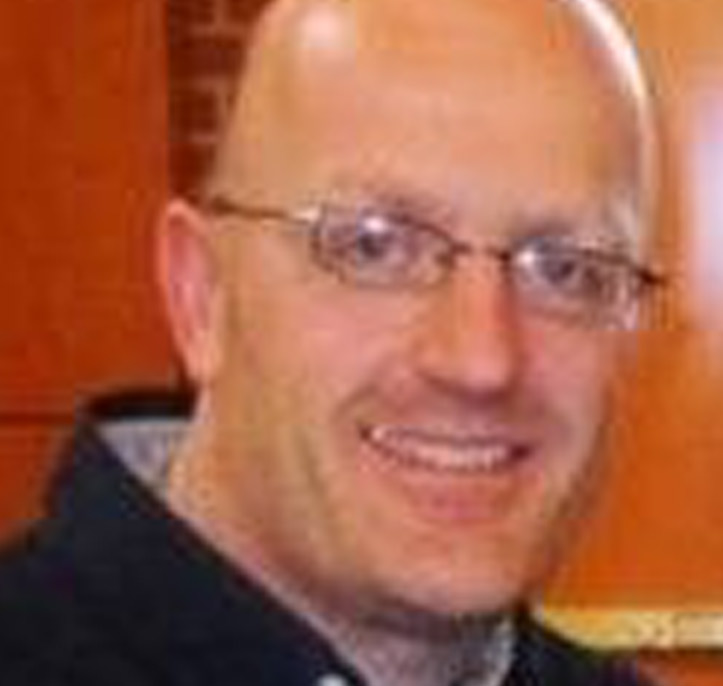
Grant R. Carey,
Porewater Solutions
Grant R. Carey
Dr. Grant Carey is President of Porewater Solutions, and is expert in mathematical modeling, NAPL characterization, and environmental forensics, with a focus on both litigation and regulatory projects. Grant has a Ph.D. in Civil Engineering from the University of Guelph, and has developed industry-leading modeling and visualization software including In-Situ Remediation MT3DMS (ISR-MT3DMS) for optimizing remediation and modeling diffusion-dominated transport, as well as Visual Bio, the NAPL Depletion Model, Vapor-2D, BioRedox-MT3DMS, and the Remediation ToolKit which includes SEQUENCE, BioTrends, and BioTracker. Grant is also an Adjunct Professor in the Department of Civil Engineering at the University of Toronto, where he is collaborating on research related to back-diffusion, long-term strategies for remediating complex sites, and remediation of PFAS and 1,4-dioxane. Grant has published or delivered more than 90 technical papers and short courses, and was previously a trainer for ITRC web seminars on Mass Flux/Mass Discharge, and Remediation of Contaminated Sediments.
Use of Mass Discharge to Reduce Remediation Costs at NAPL Sites
Over the past decade there has been a rapid increase in the use of mass flux and mass discharge to refine site conceptual models, and to improve the effectiveness of site remediation and management. For example, there is a growing use of target reductions in source strength (i.e. mass discharge measured in kilograms per year directly downgradient of the source zone) as an interim clean-up goal for DNAPL sites. Mass discharge may be used to prioritize the treatment of multiple sources at large sites to optimize cost versus benefit, and may be used as a metric for evaluation of remedial performance. This presentation includes a summary of the uses of mass discharge at NAPL sites, measurement techniques, and a review of case studies which clearly illustrate how we can improve the management of contaminated sites through mass discharge monitoring. Factors which limit the achievable reduction in source and plume strength within a reasonable timeframe are discussed. An empirical approach for estimating how much mass discharge reduction is achievable using various in-situ remedial technologies is discussed. A simple NAPL depletion model (NDM) is introduced for predicting the relative remediation timeframe for natural and enhanced dissolution. A sensitivity analysis is presented to illustrate site characteristics which have the greatest influence on remedial timeframes for various types of NAPLs. Case studies quantifying the contribution of back-diffusion to plume strength and remediation timeframe are discussed.
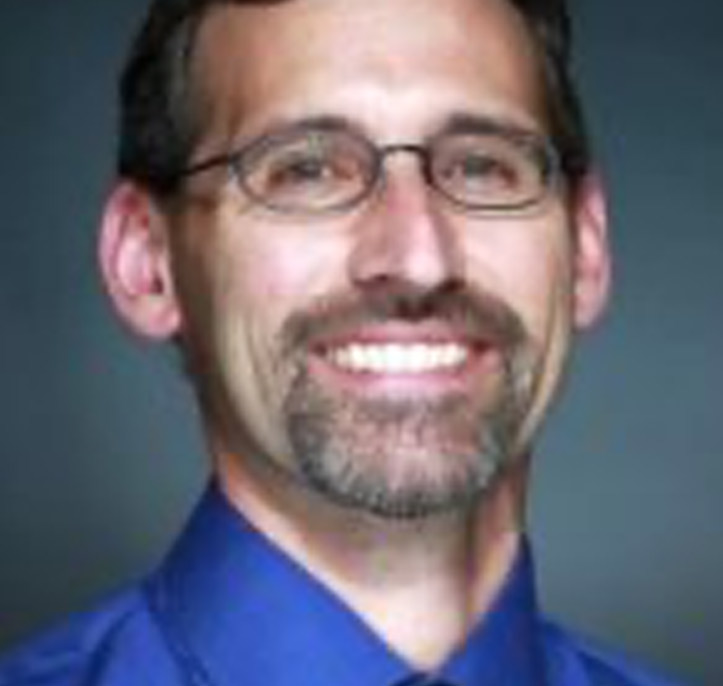
Bruce Tunnicliffe,
Vertex Environmental Inc.
Using High Resolution Characterization for Detailed Real-Time Assessment of LNAPL and Dissolved Phase Petroleum Hydrocarbons
- Bio |
- Abstract
- | Presentation
Bruce Tunnicliffe
Mr. Tunnicliffe is President of Vertex Environmental Inc., and is an Environmental Engineer with years of experience designing and implementing remediation of chlorinated solvents and petroleum hydrocarbons. Having worked on many hundreds of in-situ projects, Mr. Tunnicliffe has extensive experience on innovated assessment tools and in-situ remediation techniques. Mr. Tunnicliffe holds a Master’s degree from the University of Waterloo, has authored many publications, and has presented at numerous conferences.
Using High Resolution Characterization for Detailed Real-Time Assessment of LNAPL and Dissolved Phase Petroleum Hydrocarbons
Use of In-Situ Chemical Oxidation (ISCO) for subsurface remediation of soil and groundwater has increased dramatically over the past 10 years. ISCO techniques are becoming increasingly recognized and recommended by environmental firms. The reaction chemistry is relatively well understood for common contaminants of concern. However, application of ISCO can be problematic, as there can be improper delivery of the remedial amendment into the subsurface resulting in incomplete contact with the contamination. The purpose of this talk is to explore various methods to ensure better contact between the remedial amendment and the subsurface contamination. Firstly, a better understanding of the contaminant distribution will be examined using two advanced characterization techniques, the membrane interface probe (MIP), and laser induced fluorescence (LIF). Secondly, two amendment delivery methods will be compared and contrasted, specifically injection into wells and injection using temporary points. Examples of when these delivery methods should be used will be presented. Ultimately recommendations will be provided to optimize the design of successful ISCO delivery programs.